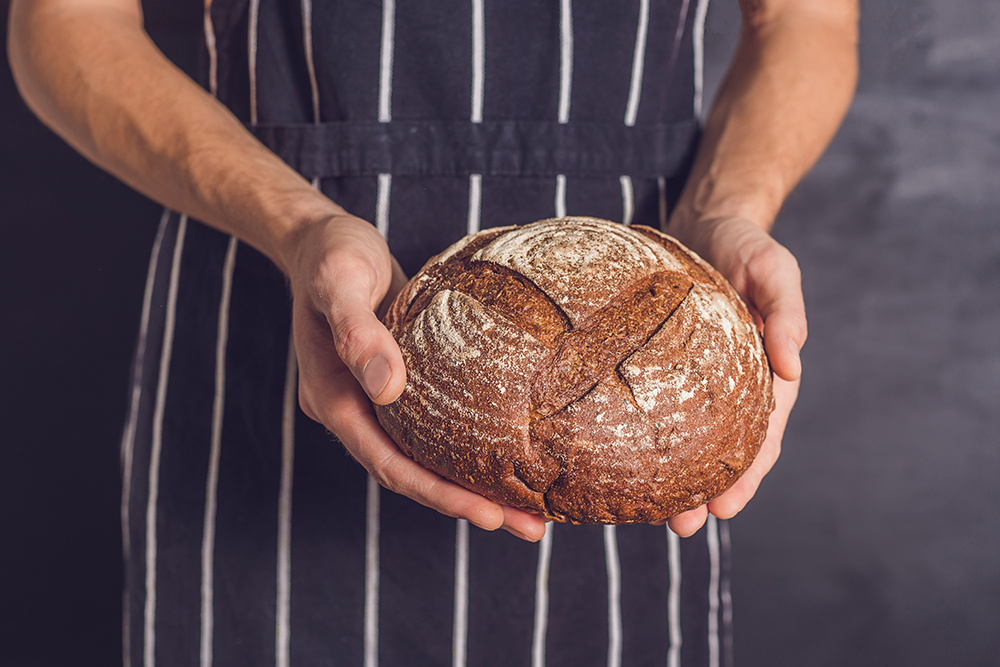N
Now you know there are so many differences and variations! In how each material comes to conclusion for a bake. While I have the same sourdough starter now 25years given me by an old homesteader she had it for 20years, I feed it daily for a bake but blend it with an organic Montana red winter wheat berry that is allowed to defoliate with the first frost instead of airplane dusting with Monsanto glysophate. The combination is highly digestible and tasty, but yes tedious prep until you have done it a few times. A tsp of yeast added to a proofing sourdough can elevate the alt grain flour to perfection as long as the sourdough is not overhandled and the activating soda is added at the last rise. If a low gluten flour like Einkorn is used, I often add powdered gluten or "dough enhancer" to supply that chemistry.This, I’m assuming…

Our Daily Bread
Not all bread is created equally! Learn about traditional bread preparation.www.westonaprice.org
Interesting process. Basically a sourdough starter… extended. Not a full fermentation, as you’re feeding daily, but building stronger nearer to the end. Says it bakes to be quite dense, as it would have to because it is such a weak dough.
Seems this slow, weak process emphasizes other processes over and even delays those of the modern bread technique… which is apparently exactly what’s needed to not have the same negative consequences, celiac-affected or not.
Thanks for the info. As you said, a bit too involved for me haha


